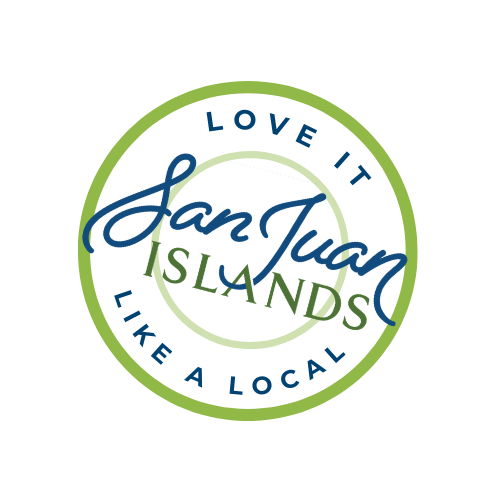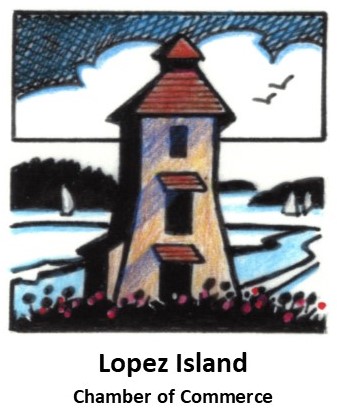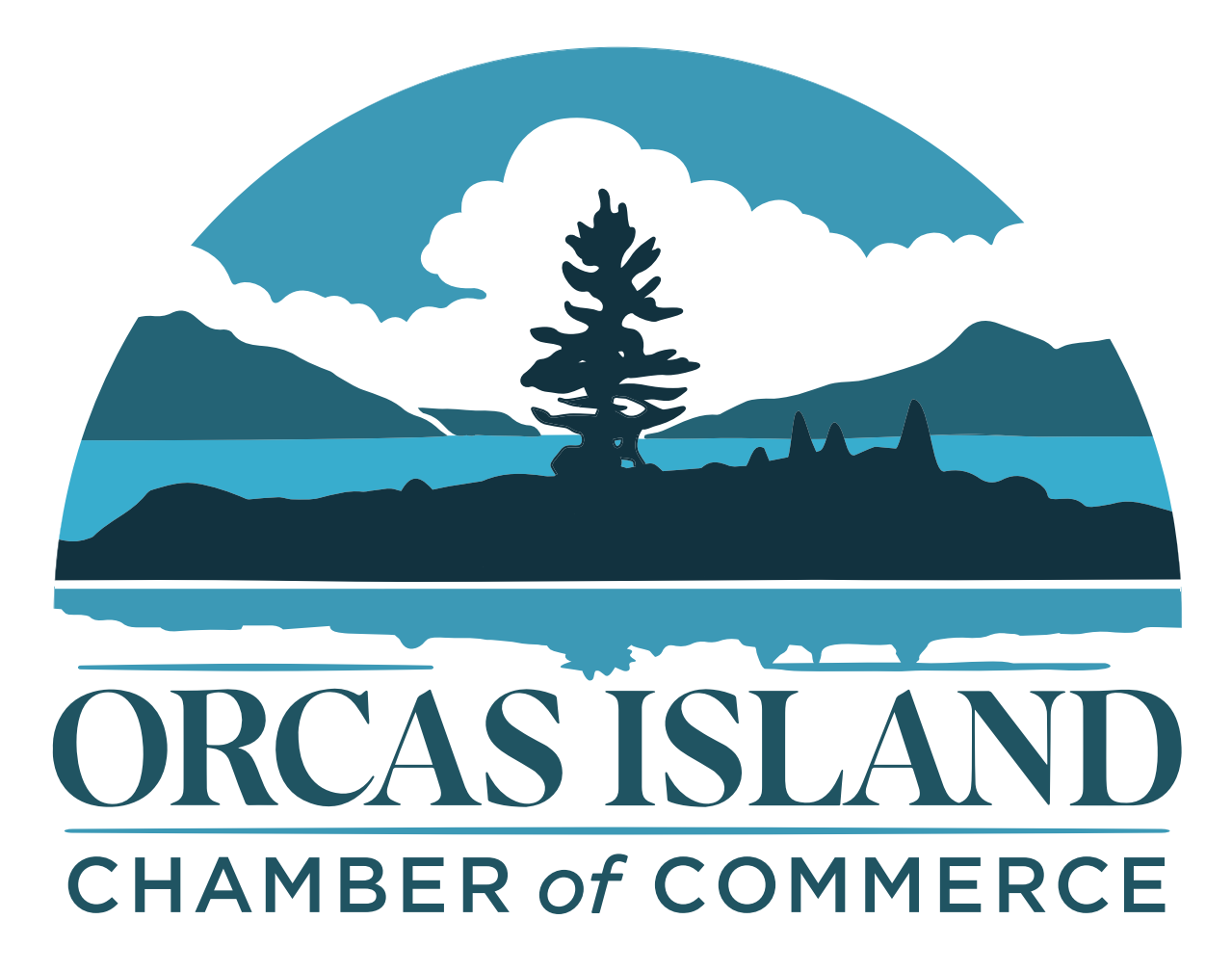Visiting the San Juan Islands? Here's what locals want you to know
What is it about the San Juan Islands that makes the archipelago such a welcome escape from city life? Stunning landscapes, uncrowded beaches, a variety of wildlife, and a mellow vibe make an attractive combination for visitors eager to escape daily commutes and grim headlines. While breathing in the serenity of the Islands, locals ask visitors to also acknowledge and appreciate the fragility of the ecosystem. Keeping a few simple guidelines in mind will both protect what we all love about the Islands, and make the experience even more enjoyable for locals and visitors alike.
Respect Island Culture
At first glance, visitors may not think that bending or breaking the rules is a sign of disrespect. Does it really matter if just one car camps overnight in a parking lot or pullout, one dog goes off the trail, or one person tosses a piece of hot dog or chicken to a curious fox? Yes, it matters. Collectively, the Islands receive about one million visitors a year, so such impacts add up.
COVID may have amplified the spontaneous getaway, but not every destination has the resources for spur-of-the-moment travelers. Island accommodations have often been close to fully booked weeks, sometimes months, in advance. So if you’ve scored a last-minute ferry reservation but don’t have a place to stay lined up, be flexible in your plans--come for a day trip. It’s not pleasant to think about, but spending the night in a spot not designed to handle car or trailer camping means there’s no facility available to handle waste. And leaving it in the bushes is hardly fair to the unlucky person who finds it.
It might be strange to think about conserving water when the Islands are surrounded by the Salish Sea. But fresh, drinkable water is a precious resource in the San Juans. With low rainfall from May to October, our water supply is not recharged during the summer, so please help us by being careful about how much water you use. Shortening your shower saves between five and ten gallons per minute.
Island parks and preserves have been protected for the plants and animals that live there. People - and our pets - are welcome but temporary visitors. Whether their explorations lead them to accidentally step into an active bird nest or to follow an irresistible scent into an animal’s hiding spot, it doesn’t take long for the sweetest or most well-behaved dog to inflict lasting damage to a local ecosystem. Some wildlife will flee and never return after experiencing just one single threat to their home.
Other critters don’t seem to mind as much, but you don’t have to look far to find the reason for that. While it might be tempting to give in to that dog-like face, foxes didn't evolve to eat French fries, potato chips, or other human food. Expecting handouts can lead to fatal collisions with cars, risky forays into garbage, and negative interactions with pets. Keep an eye on your picnic supplies--the wily ones will grab what they can while you’re capturing the sunset on your phone.
Be considerate about how you get around
No matter the number of wheels your vehicle has, please share the road. Shoulders can be narrow to nonexistent in places on island roads, and curves can be blind. Driving like you’re trying to win Mario Kart won’t lead to a trophy--more like an opportunity to meet a deputy sheriff.
The increased interest in the outdoors during the pandemic often means the popular trailheads and beaches fill up quickly. Rather than creating an illegal parking spot, check out another spot close by and come back to your first choice at a less busy time. Most island parks report the highest use between 10:00 a.m. and 3:00 p.m., especially on weekends. Perhaps plan an early morning foray or add a sunset picnic to the schedule.
Part of the charm of the Islands is the laid-back pace and a vibe some associate with a Disneyland experience. Unlike the Magic Kingdom, however, the villages and towns in San Juan County are communities with crosswalks and traffic. There might not be any stoplights, but laws and etiquette still apply.
Try to leave the place better than you found it
San Juan County was the first in the nation to formally adopt the principles of Leave No Trace to create the San Juans Seven. One of the familiar tenets is “pack it in, pack it out.” As magical as the Islands are, there are no house-elves coming out at night snapping their fingers to make the trash disappear. Why not challenge the kids to keep track of all the wrappers, apple cores, and other bits and pieces and make sure nothing gets left behind in the campsite or picnic spot? Or be a role model of good citizenship and pick up not only your own garbage but also that plastic bag that has blown down the beach.
‘Packing it out’ goes for pet waste, too. It broadcasts a clear signal to local wildlife that a new predator has discovered their sanctuary. Natural ecosystems can handle wild animal scat, but not dog doo. Just as you wouldn't leave their waste on your living room rug, please don't leave it behind on the beach or trail. It can transmit disease to wildlife, add bacteria to the water, and is incredibly gross to find on the bottom of your shoe. Extra bags and trash facilities are available at most trailheads.
Relax, you’re on island time now
Recovering from the COVID pandemic has brought its own set of challenges to the tourism industry across the country, and the Islands are no exception. Businesses have had to adjust hours and services due to the shortage of labor. This can mean longer wait times for ferries or restaurants. Staff members are sometimes pulling double shifts, or working extended hours to maintain coverage. We all know how tiring that can be, so don’t be that person that gets talked about in the break room unless it’s because you were unforgettably nice. If there’s a sign on the door asking guests to wear a mask, it’s not about the government or the state, it's about supporting small businesses who are trying to make a living and protect their families and employees.
Treat the Islands as if they’re your own backyard—because, in many ways, they are. Consider taking the San Juan Islands Pledge before stepping onto the ferry and become a temporary local of the Islands.



















